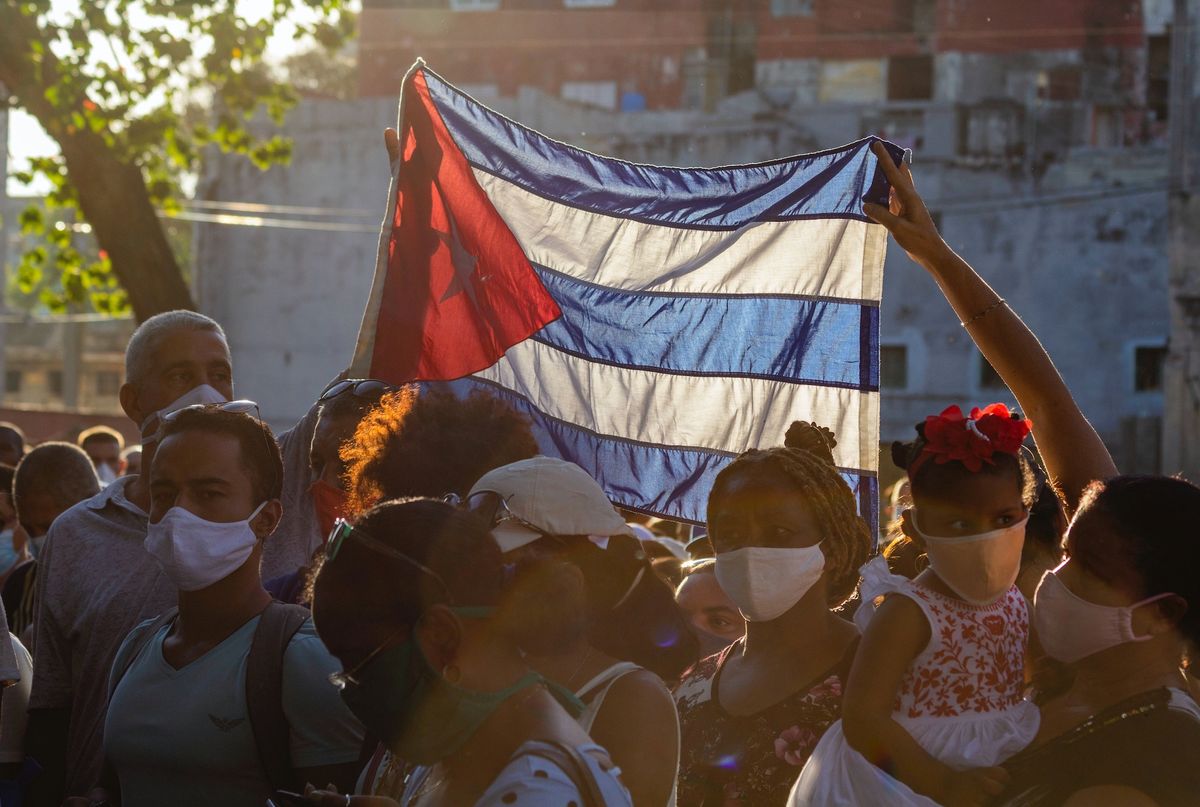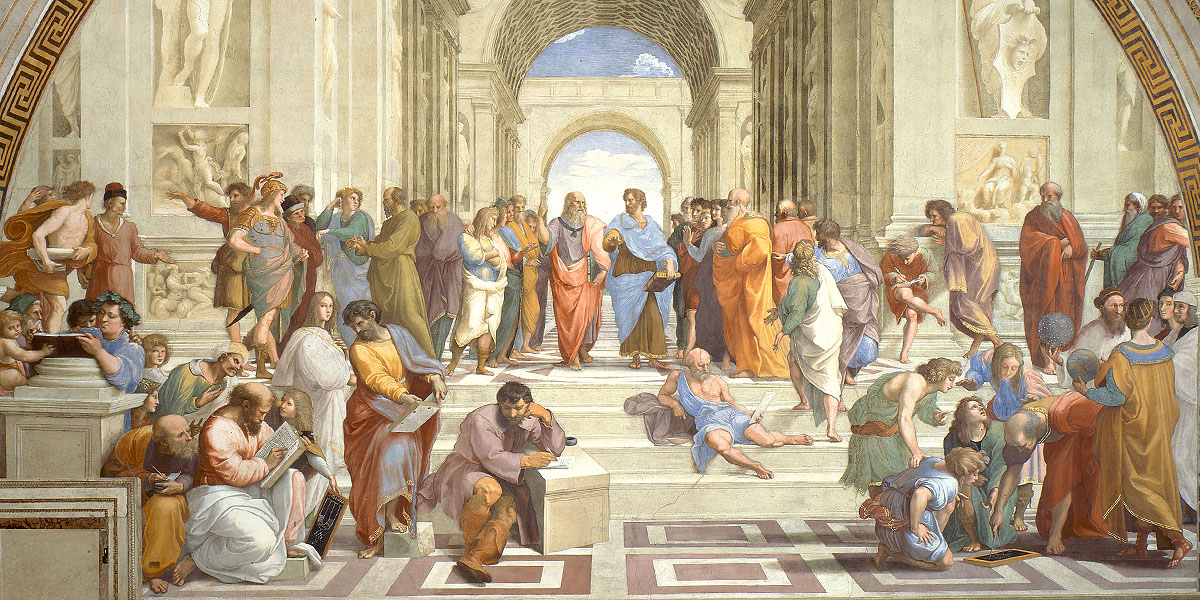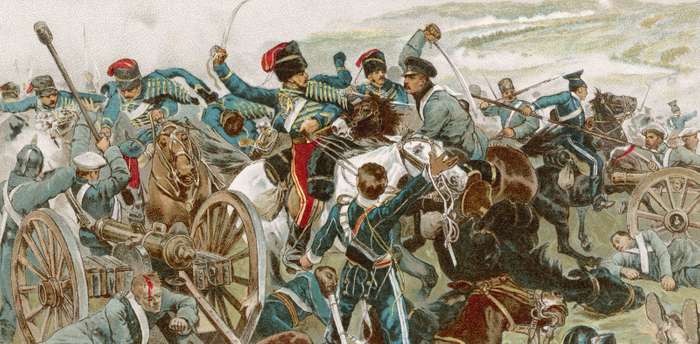In part one of this essay, I examined the findings of the EHRC investigation into ‘Labour antisemitism’. Now it is necessary to turn to its aftermath – which has almost entirely eclipsed the content of the report itself. Within two days of Corbyn’s suspension from the Labour Party, Evo Morales had sent a message of solidarity all the way from Latin America, where he has many other things of pressing importance with which to concern himself. By contrast, the Socialist Campaign Group (SCG) took a whole week to issue a statement that said the bare minimum, calling for Corbyn’s reinstatement without endorsing what he had said. The SCG could not even mobilize its full cohort of MPs to add their names to this tepid communiqué.
Some of the Labour left’s leading figures were unwilling to hold the line around the most elementary positions in defence of their own movement. The Momentum founder Jon Lansman claimed that ‘Jeremy’s words were not right’ while conceding that everything he had said was accurate, on the grounds that some people might find it upsetting to hear the facts stated plainly. John McDonnell elevated perceptions above reality in a similar fashion:
Numerically, the number of cases of antisemitism within the Labour Party might be small, but that’s not the issue. It’s the pain . . . you don’t calculate the numbers, you calculate the pain that’s inflicted.
By McDonnell’s benchmark, it would be impossible to say whether any claim about the prevalence of antisemitism in the Labour Party was exaggerated or not, however ludicrous it might be. Subjective feelings of distress may be very real indeed, but if those feelings are based on a false perception of reality, stoked up by grossly misleading news coverage, no party leadership can take responsibility for them.
A regular reader of Stephen Pollard’s Jewish Chronicle, for example, would no doubt find its contents deeply alarming. The Chronicle has published so many inaccurate stories about left-wing activists and Palestinian groups that it has provoked a whole series of regulatory rulings and libel settlements. These humiliating judgements have received little or no attention from the rest of the British media, unlike the ‘existential threat’ statement drafted by Pollard and his associates in the summer of 2018, or the front-page editorial during the 2019 election campaign that accused Corbyn of holding ‘racist views’. Despite – or more likely because of – this track record, a consortium fronted by Theresa May’s spin doctor Robbie Gibb rescued Pollard’s editorial tenure when his paper faced bankruptcy in April 2020.
Such editorial practices were by no means a peculiar habit of Pollard and his star reporter Lee Harpin, previously embroiled in the phone-hacking scandal. In November 2019, with the election campaign in full swing, the Guardian’s Jonathan Freedland casually defamed a Labour candidate as an antisemite, having confused him with another man who was also called Majid Mahmood. The New York Times has still not corrected Howard Jacobson’s demonstrably false claim that the 2017 Labour conference heard a motion in favour of Holocaust denial. Naturally, anyone who trusted the NYT’s fact-checkers would find that report most disturbing, when the real scandal is the total abdication of journalistic standards that attended this controversy.
With some of Corbyn’s most prominent allies adding to the pressure on him when they should have been supporting his stand, it was perhaps hardly surprising if the former Labour leader felt rather isolated. On November 17th, he issued a second statement. Its key passage was as follows:
To be clear, concerns about antisemitism are neither ‘exaggerated’ nor ‘overstated’. The point I wished to make was that the vast majority of Labour Party members were and remain committed anti-racists deeply opposed to antisemitism.
At one level, Corbyn hadn’t rolled back on his previous argument – if the second sentence was accurate, as all the evidence suggests, then the media narrative certainly had exaggerated the objective scale of antisemitism in the Labour Party by an order of several magnitudes. Feelings of ‘concern’ can be real without having much or indeed any empirical basis.
However, the statement still conceded too much ground to the architects of this propaganda campaign. The people who dominated the public conversation certainly did exaggerate their own professions of ‘concern’ about the likely fate of Britain’s Jewish community under a Corbyn-led government, often in the most cynical and manipulative fashion. It’s impossible to draw a neat line between objective facts and subjective feelings when the media narrative leaned so heavily upon claims about the latter, in a bravura display of the rhetorical technique known as ‘cry-bullying’. In any case, if Corbyn’s second statement formed part of a behind-the-scenes agreement for his readmission to the party, Starmer had no hesitation in reneging on that deal when an NEC panel found that there was no basis for his predecessor to be suspended. His refusal to allow Corbyn back into the Parliamentary Labour Party has yet to be overturned.
None of this could deter some left-wing media commentators from triangulating between fact and fiction in a way that has become all too familiar. Owen Jones described Corbyn’s statement on the EHRC report as one of many ‘poor decisions’ he had made, without identifying a single problem with it. Instead, he delegated the task of evaluation to an opinion poll: ‘While a new Survation poll discloses that Labour members narrowly oppose Starmer’s decision to withhold the whip, it also reveals that most have strongly negative views towards Corbyn’s EHRC response.’ As it happens, the Guardian columnist had misrepresented the poll: 41 per cent said that they had a ‘strongly negative’ view of Corbyn’s statement, with another 17 per cent ‘somewhat negative’. More importantly, would-be thought leaders and opinion formers are supposed to offer a lead and express their opinions, based on evidence and logic, instead of ducking the question altogether.
It’s reasonable to ask if all those surveyed even knew what Corbyn had said, since Britain’s leading media outlets – including the BBC and the liberal broadsheets – were misinforming the public about the content of his statement almost as soon as he had issued it. The Survation questionnaire merely referred to ‘Jeremy Corbyn’s response’ without reproducing the text. A previous survey of the Labour membership from July 2019 had revealed overwhelming support for the views expressed by Corbyn: 49 per cent agreed with the statement that antisemitism in the Labour Party was ‘a genuine problem, but its extent is being deliberately exaggerated to damage Labour and Jeremy Corbyn’, while another 24 per cent preferred a more combative formulation: ‘It is not a serious problem at all, and is being hyped up to undermine Labour and Jeremy Corbyn.’
The aggregate figure (73 per cent) was significantly higher than the percentage of the membership who thought that Corbyn was doing a good job and wanted him to lead Labour into the next election (56 per cent for both), so it cannot simply have reflected feelings of loyalty to the party leader. There has been some membership churn since July 2019, with Corbyn supporters leaving to be replaced by Starmer enthusiasts, but not enough to account for the discrepancy. It’s more likely that large parts of the Labour membership have been demoralized by the relentless media campaign and just want the issue to go away.
The Guardian has a much wider reach among Labour members than any left-wing media outlet. Readers will have found its luminaries bloviating at every turn about the iniquities of Corbyn and clapping like seals at Starmer’s decision to suspend him. In response, the paper’s only columnist associated with the Labour left could not even bring himself to defend a statement that he knows full well to be true. It’s little wonder if some people who were enthused by Corbyn’s leadership now feel inclined to throw in the towel.
Writing for the Nation, another left-wing pundit, Rachel Shabi, at least tried to explain why she thought Corbyn’s statement was wrong, but the results were not impressive. Shabi had previously endorsed the claims of Panorama’s ‘whistleblowers’ without a hint of scepticism. Instead of pausing to reflect on her own credulity, she transferred it wholesale to a fresh object, accepting the EHRC report in toto, and asserting without evidence that it was just ‘the tip of the iceberg’.
For Shabi, any attempt to quantify the scale of antisemitism in the Labour Party was a ‘numbers game’. Her grounds for objecting to Corbyn’s statement were just as murky:
When Corbyn, on the very day of the release of the EHRC report, commented that the issue had been overstated for political reasons, what does that say to the victims of antisemitism? And what about those leftists who dismissed the entire problem as a smear campaign? Wouldn’t Corbyn’s statement fuel such denialism and direct abuse yet again to those who dared to mention it?
To which the obvious retort is: ‘not if they read it’. Shabi herself acknowledged that Corbyn was merely ‘telling the truth’ when he said that the problem had been exaggerated, so we are left with a familiar bogeyman: ‘leftists who dismissed the entire problem as a smear campaign’. This rhetorical framing lumps together anyone who correctly identified the standard media narrative as a compilation of smears – major and minor, empirical and conceptual – with those people foolish enough to imagine that there wasn’t a single case of antisemitism in the Labour Party, under the misleading rubric of ‘denialism’.
Shabi could only muster a single sentence for the issue that is not merely the elephant in the room, but the furniture and fittings as well, when she noted that Israel’s British supporters ‘routinely conflate antisemitism with valid criticisms of Israel.’ The leading protagonists of the campaign to brand Corbyn’s movement as an antisemitic force have relied upon this conflation from the very start, with mounting shamelessness as that campaign gathered momentum. It is no minor addendum to be included at the end of an article that purports to be comprehensive.
Shortly before the EHRC report appeared, Starmer’s shadow foreign secretary, Lisa Nandy, administered a ‘dressing-down’ to the Labour MP Stephen Kinnock – a staunch opponent of Corbyn, it should be said – for daring to advocate a ban on the products of Israeli settlements. According to a Labour source who briefed the Mail on Sunday: ‘Lisa made no secret of the fact that she and the leader were angry with Kinnock – especially after all the work that has been done to try to restore Labour’s relationship with the Jewish community.’ Nandy’s interlocutors apparently raised no objections to her claim that Labour would have to grant impunity to West Bank settlements if it wanted to establish good relations with British Jews.
The groups with which Nandy was meeting – the Board of Deputies and the Jewish Leadership Council – are indefatigable mudguards for Israel’s occupation regime and could never have been reconciled to Corbyn because of his support for Palestinian rights. Anyone who suggests otherwise is whistling in the dark. Despite the overwhelming evidence that attitudes towards Israel were inextricably linked to this controversy, the mainstream debate has systematically excluded Palestinian voices and perspectives.
Owen Jones concluded his Guardian op-ed by evading the central point: ‘If the left cannot untangle discussions of its progressive vision to end inequality from the evils of antisemitism, then it will permanently lose sympathy from the party membership and public alike.’ One might as well reproach the MAS in Bolivia for failing to ‘untangle discussions of its progressive vision to end inequality from the evils of electoral fraud’.
Evo Morales displayed a keener insight into what has been happening in British politics from the other side of the world than many people who have witnessed it at close hand, no doubt informed by his own experience of lawfare campaigns against left-wing movements. With such prominent figures as Jones and Shabi acting like negligent public defenders who want their client to accept a plea bargain despite being wholly innocent of the charges against them, it becomes easier to grasp how this frame-up was able to progress as far as it has.
The approach favoured by Jones and his co-thinkers – of trying to avoid a battle by declining to fight it – is the one that was actually followed by Corbyn’s leadership for the most part, with disastrous results. Corbyn and his allies repeatedly apologized for things that didn’t merit an apology or things that had never happened in the first place. Every unwarranted concession to a false narrative proved to be another brick in the wall. This failed strategy demoralized Corbyn’s supporters by denying them the satisfaction that was rightfully theirs, of seeing their leaders defend themselves and the wider movement against dishonest attacks.
The opponents of the British left are never going to set this weapon aside unless they face a concerted pushback. Corbyn’s would-be successor Rebecca Long-Bailey had none of his ‘baggage’ – which is to say, she didn’t have Corbyn’s long record of involvement in anti-war and anti-imperialist activism. Long-Bailey’s leadership campaign focused on domestic issues, and she went out of her way to avoid incurring the displeasure of groups like the Board of Deputies and the Jewish Labour Movement (JLM), to the point of implicitly condoning the Nakba at the JLM’s leadership hustings.
Yet Keir Starmer had no trouble fabricating an allegation of antisemitism against Long-Bailey when he wanted to sack her as shadow education secretary because she was too sympathetic to Britain’s teaching unions. Starmer and his outriders concocted this farrago in plain sight, claiming that it was an ‘antisemitic trope’ to highlight the training Israel gives to US police forces, as the actress Maxine Peake did in an interview shared by Long-Bailey. This threadbare calumny has now become part of the official record in British politics, while the prescience of Long-Bailey’s position on the reopening of schools goes unremarked. Her experience shows that the Labour right will use the Corbyn template to smear any left-wing MP who poses a challenge to Starmer’s leadership in the future.
This is no longer a question of defending Corbyn’s personal reputation – although Corbyn himself has every right to do so. For pundits who have spent the last decade promoting false equivalences between Syriza and Golden Dawn, Pablo Iglesias and Marine Le Pen, Bernie Sanders and Donald Trump, the story that has been laboriously constructed around Corbyn’s leadership is a godsend. The British commentariat will cling on for dear life to this malign fable, which depicts a left-led Labour Party as the mirror image of far-right movements in other European countries, posing an equivalent threat to the safety of ethnic minorities. It offers them a priceless alibi for their own complicity in the current state of British politics, and an excuse to shut down discussion of the problems and policies that Corbyn’s movement brought to public attention.
The Islington North MP appears to grasp this, even if some of his allies are unwilling to let the penny drop. The only problem with the content of his statement was that it didn’t go far enough; the only problem with its timing was that it came several years too late. He is entitled to receive the same wholehearted support from all sections of the British left that was immediately forthcoming from socialists in other countries with a keener sense of the importance of solidarity.
Read on: Daniel Finn on Labour’s Brexit crisis.









